
6 Benefits of Homemade Meals + 7 Recipes
For the first week of the March Culinary Countdown, we looked into the benefits of cooking at home with dietitian Ben Atkinson, who manages Harborview Medical Center’s outpatient nutrition, informatics, and wellness programs in the Nutrition and Foodservices department.
1. Saves money
Eating homemade foods is usually much cheaper than eating at a restaurant or buying processed foods from the market.
Ben’s advice: “When we eat at a restaurant, we pay for not only the food, but also the costs of running that business. The lights, the water, the building, and the staff — in addition to the meal we are eating. The same goes for the pre-made or frozen meals at grocery stores.”
Here are some additional ways Ben suggests to save money:
- Plan several days of meals. We’ll be less likely be tempted to eat something else if we have a plan or something already made.
- Make a grocery list and stick to it to avoid buying extra food.
- Save leftovers in the refrigerator or freezer. Once you get a stock of leftovers stored, you can reheat them at a later date when you don’t have time to cook.
2. Saves time
It might seem like grabbing something to eat at the local supermarket or driving to get take-out at the closest restaurant might be a quick solution when you’re in a hurry. In reality, many times it can be much faster to cook something at home, especially when you plan ahead. There are so many meals that can be made in less than 30 minutes. And if you choose a more complex recipe, you can always cook in bulk and eat the surplus later in the week or freeze it.
3. Healthier ingredients
Many commercially prepared foods are high in fat, salt, and sugar. When we prepare our own food, we know exactly which ingredients and how much of each are going into our food.
Ben’s advice: “When we cook at home, we are in control. McDonald’s fries have 19 ingredients. We can make them at home with far less — and they will taste just as good. A favorite at my house is potatoes cut into wedges, olive oil, salt, pepper, and cayenne pepper. Put these in a Ziploc bag to mix together. Then place in the oven on a pan for about 30 minutes at 400 F. It’s only five ingredients, and tastes fabulous.”
4. Avoid food allergies and sensitivities
Preparing your food at home can be especially beneficial if you or a family member has a food allergy. Because you are in control in your own kitchen, you can reduce the risk of an allergic reaction.
5. Portion control
Many restaurants and fast food joints offer portions that are much larger than necessary. And the problem is, when food is in front of you, chances are you’ll eat it. When you dine in, you can regulate the amount of food served for dinner, eliminating unnecessary temptation.
6. Brings family together
Eating at home gives the entire family time to talk about their day.
Ben’s advice: “Studies show that when we eat together, our kids and family are much healthier. Eating together is linked to less obesity, kids doing better in school, and less substance abuse within the family.”
Involving your children in food preparation (maybe by asking them to read the recipe out loud or mix ingredients) is not only a fun thing to do, but also a great way to teach them healthy eating habits.
Thanks to Ben for filling us in on the benefits of cooking at home! Here are seven recipes that you could try this week…
Mini Frittatas with Spinach and Cheese
In Italy we normally eat frittata for lunch or dinner, but these would be equally delicious for breakfast. The great thing about these frittatas is that they can be made in advance; just reheat in the microwave or eat at room temperature for a quick and healthy go-to meal.
Ben’s advice: “You probably saw the recent scientific advice for the upcoming Dietary Guidelines 2015 revision—the one that said eggs weren’t bad for your health. Well, it’s true. Besides their great amount of protein, eggs have healthy omega-3 fats. They are also a nice source of Vitamin B12 for people who don’t eat meat. These frittatas are the rare breakfast menu item that contains large amounts of vegetables, too. Pair them with a slice of whole-grain toast or a piece of fresh fruit, and you’ve got a delicious and balanced meal.
Ingredients for 4 people:
Nonstick vegetable oil cooking spray
2 Tbsp. extra-virgin olive oil
1 large leek, whites and tender green parts halved, thinly sliced, and washed well
1 lb. spinach, tough stems removed and rinsed well
6 eggs
1 cup ricotta
1/3 cup grated Swiss cheese
1/3 cup grated Parmigiano Reggiano cheese
Salt and freshly ground pepper
- Heat oven to 425°F.
- Coat 4 small baking dishes with cooking spray. Set aside.
- Heat olive oil in a large pan over medium heat. Cook leek until soft, 2 to 3 minutes. Add spinach and cook 3 to 4 minutes. Drain in a colander and squeeze out excess water.
- Lightly whisk eggs in a bowl. Stir in ricotta, Swiss cheese and Parmigiano Reggiano cheese, spinach mixture, salt and pepper.
- Spoon into baking dishes; bake about 20 minutes, or until eggs fluff up and top is lightly browned.
I love spinach, but feel free to experiment with your favorite ingredients.
Spaghetti al Pesto
This is my family’s pesto recipe. Why buy store-bought pesto when you can have superior results by making it yourself? Make a bigger batch during summer months when basil is in season and freeze it in small containers to have pesto year-round. It’s delicious on pasta, pizza, and sandwiches.
Ben’s advice: “Pasta often gets a bad rep, which is a shame. It’s relatively inexpensive and really versatile. It’s also a great source of energy for athletes. The problem that most of us have is making pasta our entire meal. Pair it with seasonal vegetables and a few slices of fruit, and you have an excellent and complete meal. Pesto has a lot of good nutrients. The combination of pine nuts and olive oil provide healthy fats to help you live a long and healthy life.”
Ingredients for 4 people:
1 lb. spaghetti
2 cloves of garlic, peeled
2 cups basil leaves, packed
2 Tbsp. pine nuts
1/2 cup extra-virgin olive oil
1/3 cup freshly grated Parmigiano Reggiano cheese
2 Tbsp. freshly grated Pecorino cheese
Salt and pepper to taste
- Bring a large pot of salted water to a boil.
- Combine basil, garlic, and pine nuts in a food processor and pulse a few times until finely chopped.
- Add cheese and process until combined.
- While the food processor is on, add the olive oil in a stream, until fully incorporated and smooth.
- Add salt and pepper to taste.
- Once the water is boiling, add pasta and cook until al dente. Drain, reserving 1 cup of water.
- Place pasta in a large bowl and incorporate pesto. If the consistency of the pesto is too thick, add some of the reserved cooking water. Toss well and serve immediately.
Gnocchi with Fresh Tomato Sauce
Homemade tomato sauce is so much tastier and healthier than its store-bought counterpart. Make a big batch of fresh tomato sauce — especially July through October when tomatoes are in season — and freeze. Gnocchi takes literally two minutes to cook and is perfect for days when you’re pressed for time.
Ben’s advice: “Homemade tomato sauce and freshly cooked pasta is an unbeatable combination. It’s also great for your health. Gnocchi is made from potatoes, which are a fantastic source of potassium, and one of the few ways to get Vitamin C in the winter from local produce. And many observational studies link reductions in cancer and heart disease occurrence with eating more tomatoes. When you cook tomatoes, you soften the cell walls inside the tomato, which allows you to get more of the beneficial nutrients into your body. Tomatoes and potatoes FTW (that’s ‘for the win’, for you kids out there!).”
Ingredients for 4 people:
2 lb. gnocchi
2 lb. fresh tomatoes
2 garlic cloves, crushed
2 Tbsp. extra-virgin olive oil
salt
5 or 6 basil leaves
Parmigiano Reggiano to taste
- Bring a medium pot of water to a boil.
- With a knife, cut a shallow ‘x’ on the bottom of the tomatoes and once the water is boiling, plunge them in the hot water and let sit for 30 seconds to 1 minute, until the skin starts peeling. Remove the tomatoes and rinse them quickly under running cold water. With a knife, peel away the skin. Cut the tomatoes in half, then cut around the crowns and remove them. Squeeze out the seeds and excess water. Chop the tomatoes.
- Heat the oil in a pot. Add garlic and brown. Add the tomatoes and a big pinch of salt. Cook for about 15 minutes, until most of the water has evaporated, turning with a wooden spoon a few times.
- In the meanwhile, bring a large pot of salted water to a boil. Once the water is boiling, add gnocchi. They are ready when they start floating on the surface, about 2 minutes.
- Drain gnocchi well and toss with tomato sauce. Add basil leaves, torn roughly with your hands. Sprinkle with Parmigiano Reggiano and serve.
Tuna with Beans Salad
This salad takes under 10 minutes to make and uses ingredients I usually keep in my pantry, so it’s perfect for those days when you have no time to plan! (Make sure you use tuna canned in olive oil instead of water.)
Ben’s advice: “We all know that tuna is great for our health, with its healthful omega-3 fats. But the beans in this recipe are also terrific for our bodies. They contain carbohydrates, fiber, and protein — so they’ll give you energy, improve your digestion, and help maintain your muscles. Plus, at about $1 per 16-ounce can, they are easy on your budget.”
Ingredients for 4 people:
2 cups canned cannellini beans, washed and drained
1/3 cup extra virgin olive oil
1 small red onion, finely sliced
2 Tbsp. finely chopped parsley
3 5-oz. cans of tuna in olive oil, drained
- Mix beans, onions, and olive oil in a shallow serving dish. Season with salt and pepper and toss well.
- Break the tuna into bite-sized pieces and add to beans. Add parsley, mix well, and serve.
Spinach Salad with Pears, Walnuts, and Gorgonzola
In Italy, we eat this salad as a side dish but it can very easily become a main dish when you add a couple slices of grilled bread or grilled chicken breast.
Ben’s advice: “Did you know that spinach is grown almost the entire year in Washington, and that our state produces most of the nation’s spinach seeds? That means that you’re regularly eating local spinach, fresh from the farm. Add some local pears from this salad, and you’ve got a great tasting, fresh salad waiting for you and your family.”
Ingredients for 4 people:
baby spinach
pears
walnuts
crumbled Gorgonzola cheese
3 Tbsp. extra virgin olive oil
2 Tbsp. red wine vinegar
salt and freshly ground pepper to taste
- To make the vinaigrette, pour olive oil and vinegar in a small bowl. Add salt and pepper to taste and mix well with a fork or whisk.
- Peel the pears and cut them into small cubes.
- Place spinach in big bowl and add cubed pears, walnuts, and crumbled Gorgonzola.
- Pour vinaigrette over the salad. Toss well and transfer to small individual plates.
Beef Strips over Arugula with cherry tomatoes and shaved Parmigiano Reggiano
This is one of my favorite meat dishes. It is extremely easy to make, tastes great, and looks beautiful.
Ben’s advice: “This can be great as a lunch salad if you have leftovers, too. It’s visually appealing with the bright green arugula, brown and red steak, and deep red tomatoes. The great colors in this salad mean that it is a complete meal, containing many of the nutrients our bodies need to work and be active all day.”
Ingredients for 4 people:
1 lb. boneless top sirloin steak, cut crosswise into very thin slices
5 oz. arugula
shaved Parmigiano Reggiano cheese to taste
12 oz. cherry tomatoes, halved
2 garlic cloves, peeled and smashed
3 large shallots
1/3 cup extra-virgin olive oil
1/3 cup balsamic vinegar
salt and freshly ground black pepper to taste
- Arrange arugula on a platter.
- Heat olive oil in a large pan over medium-high heat and cook garlic until golden. Discard garlic and add meat to the pan at once. Add salt and pepper and toss with tongs to color evenly, for about 1 minute. Arrange steak over arugula. Add shallots and vinegar to the pan and cook for 1 minute on medium heat. Add the tomatoes and cook for another minute, until the sauce has slightly thickened. Add salt and pepper.
- Pour dressing over steak, cover with shaved Parmigiano and serve immediately.
Light Eggplant Parmigiana
This much healthier version of traditional Parmigiana uses grilled instead of fried eggplant. The best way to enjoy Eggplant Parmigiana is to make it the day before, and let the flavors develop.
Ben’s advice: “The reason that many Italian dishes get a bad reputation is because of their large amount of carbohydrates or cheese. But remember, this should not be the only item on your plate. It is perfectly healthful as part of your meal. There are really no empty calories (food that has no nutritional benefit) in this recipe. The cheese is a great source of calcium and protein; the eggplant, tomatoes, and other vegetables provide us with huge amounts of vitamins and minerals and fiber; and the olive oil is notably great for us. Pair this dish with a large handful of fresh green beans sautéed in the same pan, or a few slices of Washington-grown apples, and your meal will be healthier than anybody else’s in town.”
Ingredients for 4 people:
3 lb. eggplants
1 28 oz. can crushed tomatoes
2 garlic cloves
1 8 oz. mozzarella, cut into small cubes
1 cup of freshly grated Parmigiano Reggiano
basil leaves
extra-virgin olive oil
salt and pepper
- Cut the eggplant lengthwise, into ¼-inch slices. Layer the slices in a large colander and sprinkle each layer with salt. Cover the eggplant slices with a small plate and weigh them down by placing something heavy, like a can of tomatoes, on the plate. Let the eggplant rest for at least 1 hour, so that it can expel its bitter juice. Rinse under running water and pat dry with paper towel.
- While the eggplant is draining, prepare the tomato sauce. Heat a couple tablespoons of olive oil in a saucepan, brown the garlic cloves, and add the tomatoes. Cook for about 15 minutes and season with salt and pepper.
- Preheat the oven at 350°F. Place the eggplant slices in 1 layer on a baking sheet and bake for about 15 minutes.
- Spread a few tablespoons of tomato sauce on the bottom of a 13×8-inch baking dish. Arrange the slices of eggplant in 1 layer over the sauce. Top with a few more tablespoons of sauce, some mozzarella and some Parmigiano. Sprinkle a few basil leaves on top. Continue layering until you run out of eggplant and top the last layer of eggplant with sauce and Parmigiano.
- Bake for about 40 minutes, until the cheese has melted and the top is slightly browned. Remove from the oven and let cool for 10 minutes before serving.
I hope you enjoy cooking more often this week. Share pics of these meals or your own recipes in the private Eating Well group for a chance to win a Whole U apron!
 Chiara Iacoviello is a marketing and events consultant for The Whole U and a former culinary business owner and chef at the Andretti Winery in Napa, California. She’s a native of Italy who learned to cook authentic Italian cuisine from her parents and grandparents.
Chiara Iacoviello is a marketing and events consultant for The Whole U and a former culinary business owner and chef at the Andretti Winery in Napa, California. She’s a native of Italy who learned to cook authentic Italian cuisine from her parents and grandparents.
Ben Atkinson is a dietitian at Harborview Medical Center, where he manages the outpatient nutrition, informatics, and wellness programs in the Nutrition and Foodservices department. He enjoys riding his bike with his family, learning New Jack Swing dance with his kids, and polishing his dress shoes.

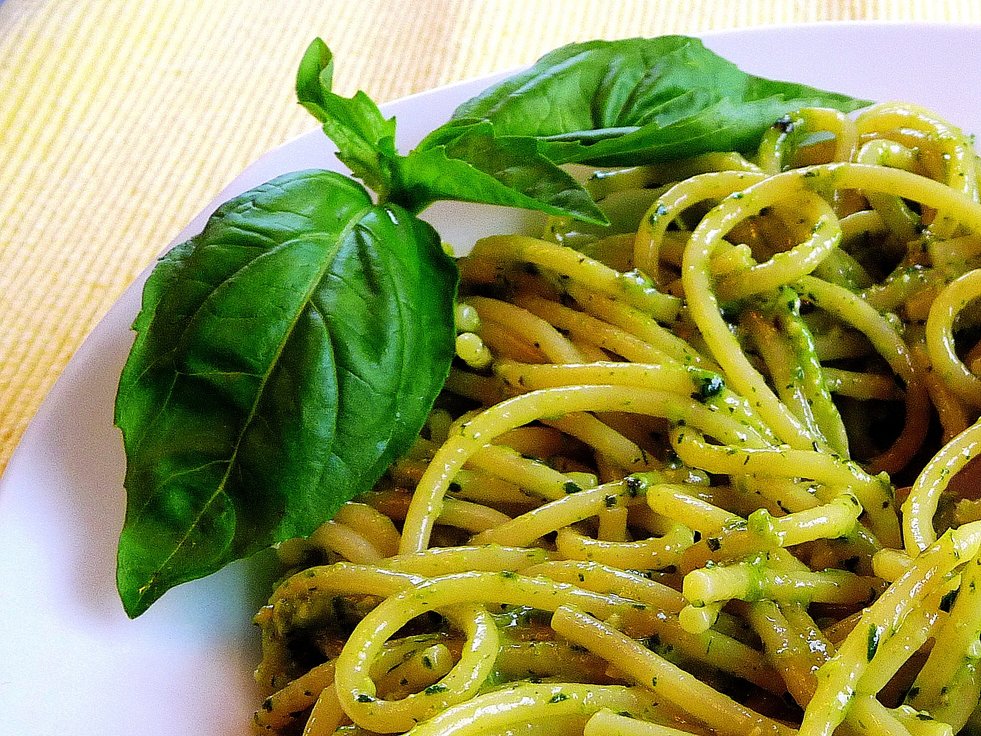
![FullSizeRender[1]](https://thewholeu.uw.edu/wp-content/uploads/2015/03/FullSizeRender12-1024x915.jpg)
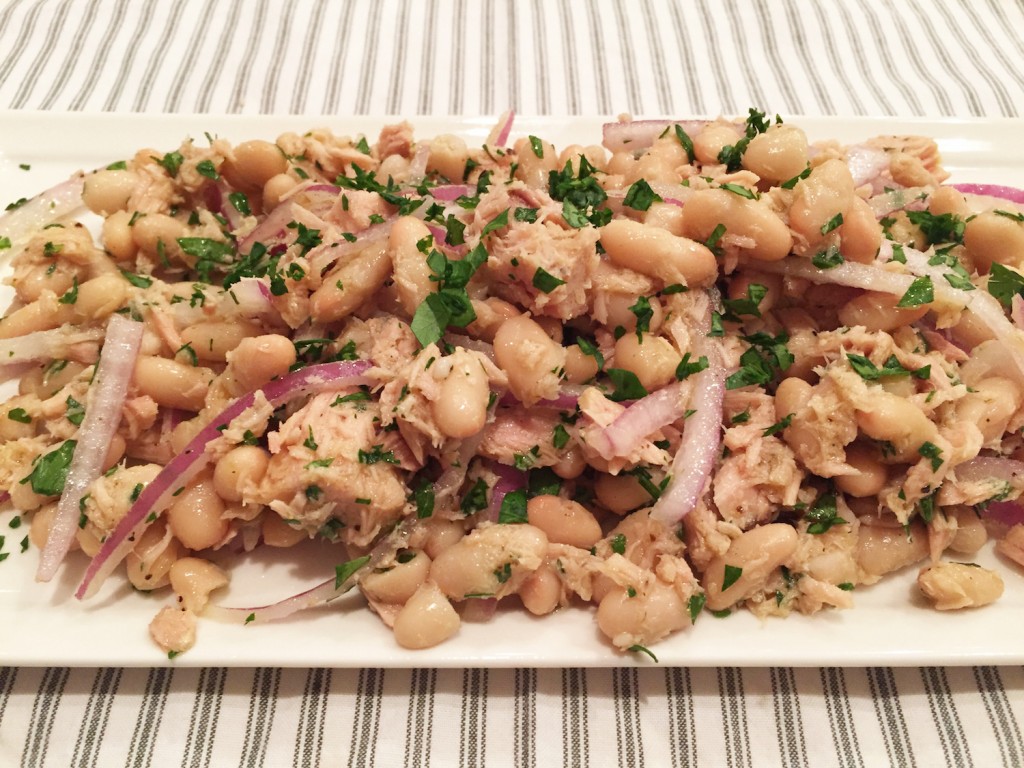
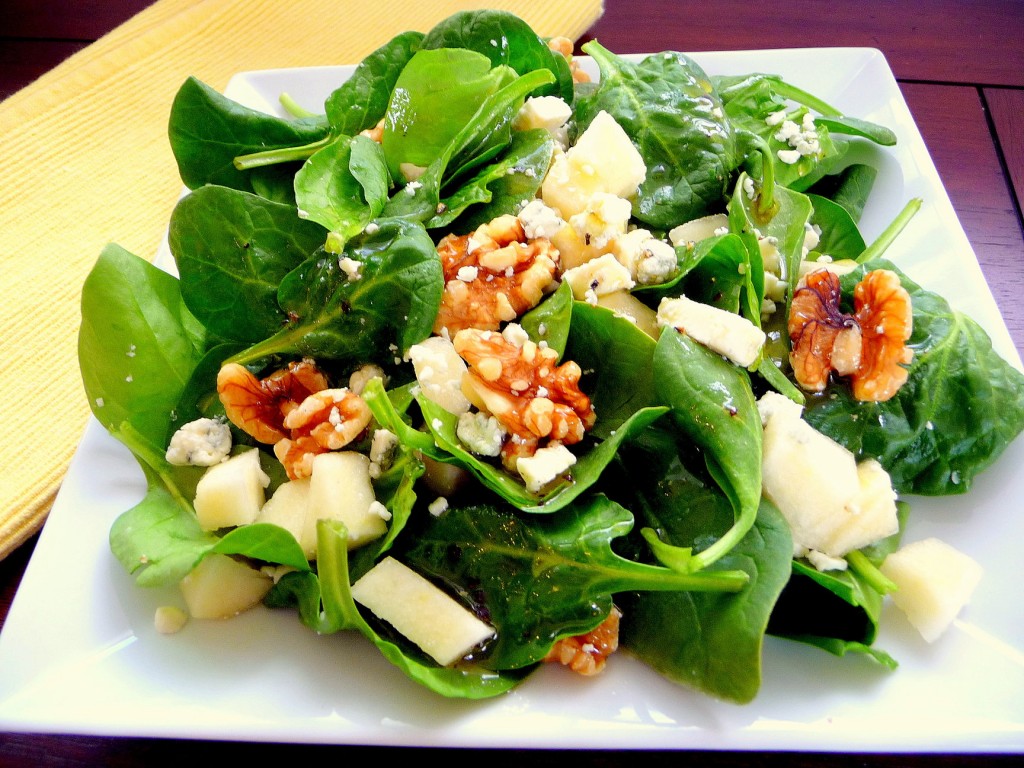
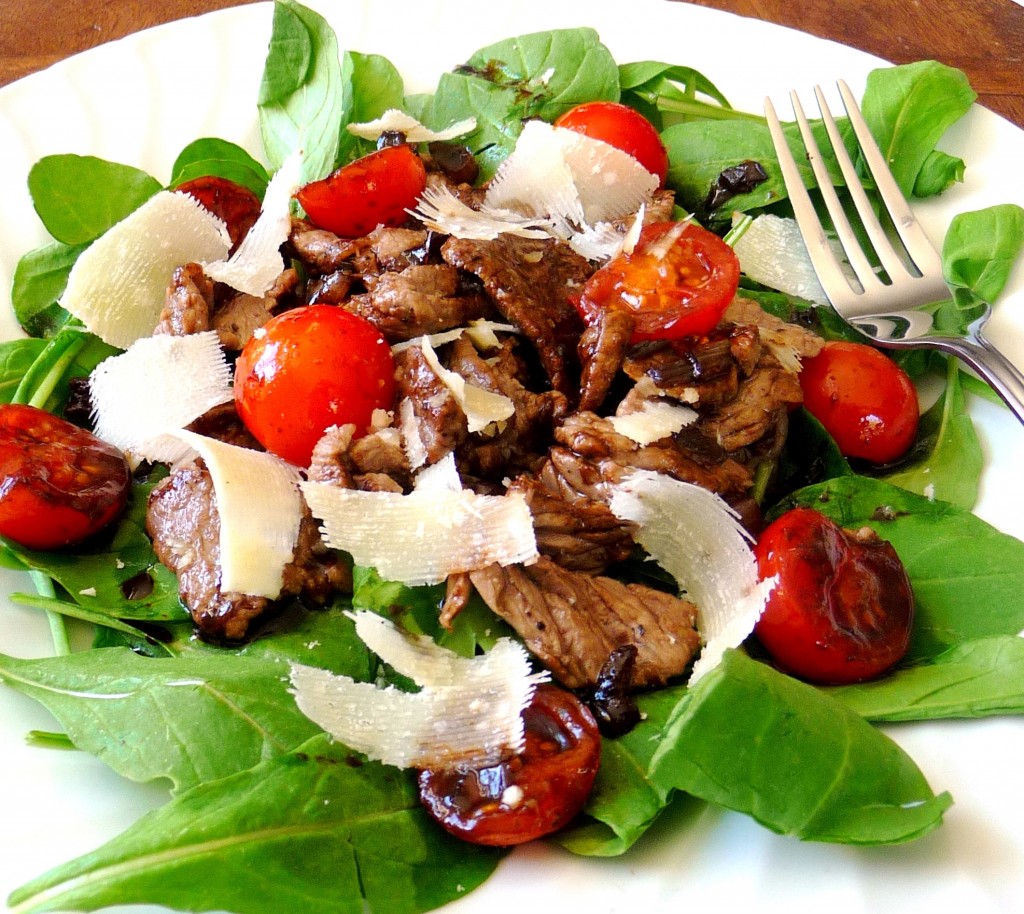
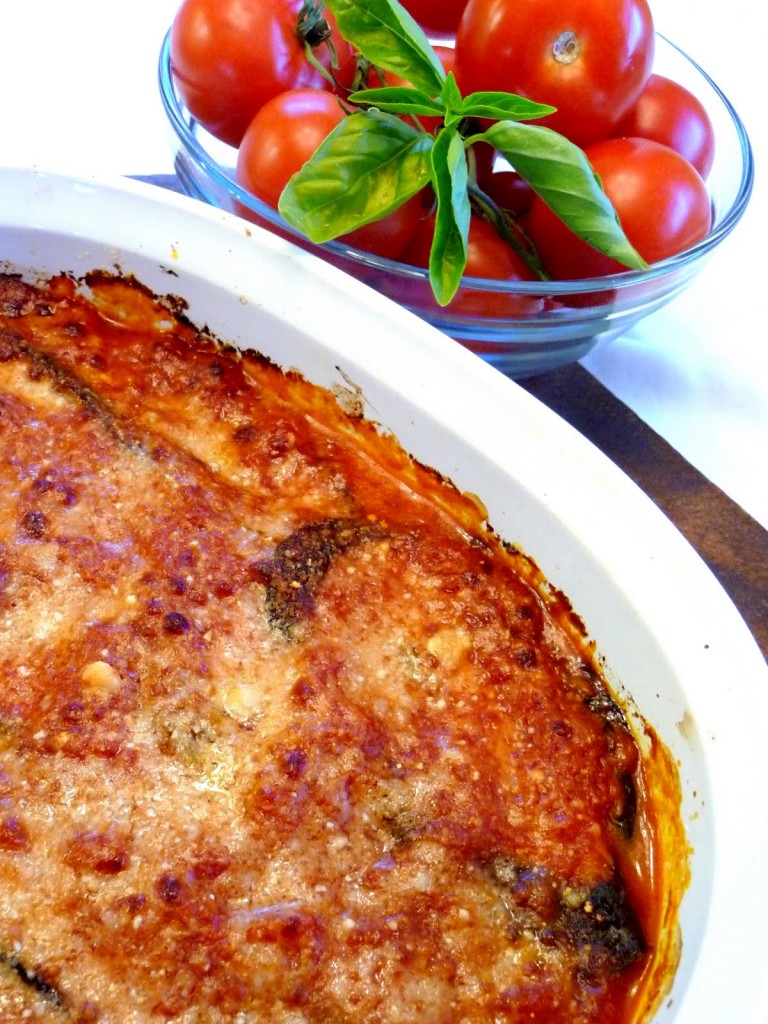
![Ben Professional Pic with Pizza[2]](https://thewholeu.uw.edu/wp-content/uploads/2015/03/Ben-Professional-Pic-with-Pizza2-150x150.jpg)
15 Thoughts on “6 Benefits of Homemade Meals + 7 Recipes”
On March 6, 2015 at 11:37 AM, Judith Wood said:
I am looking forward to some recipes that do not include dairy or rely mainly on carbs/protein for their bulk. My anti-inflammatory approach to eating emphasizes fruits and vegetables (preferably 2/3 of most meals). Eggs and veggies are my breakfast mainstay – sans dairy.
On March 10, 2015 at 4:53 PM, Chiara said:
Hi Judith, you might like week 3 recipes…lots of quinoa & veggies!
On March 6, 2015 at 11:48 AM, l said:
Yum, but out of all of the recipes, I would only be able to eat one :-(. All with the exception of the tuna dish and the spinach salad had parmesan cheese in them – the spinach salad has walnuts, which I’m allergic to and Parmesan, even though I, too am Italian and love the flavor of Parmesan, gives me migraines. Hope there will be some recipes next time that I can eat.
On March 10, 2015 at 4:58 PM, Chiara said:
Hi! I’m sorry to hear you can’t eat Parmesan! A few of the recipes will work just as well if you don’t include it. The beef strips salad, the gnocchi and the mini-frittatas don’t really require Parmesan. They will taste just as good without!
On March 6, 2015 at 3:49 PM, Kate said:
How about a print friendly link to these recipes (without pictures and extras) for easier transition to use in my kitchen?
On March 10, 2015 at 5:00 PM, Chiara said:
Kate, that’s a great idea! Thank you! I’ll see if our designer can do that for us.
On March 9, 2015 at 9:08 AM, Maggie de Hoyos said:
These look amazing. I love the two takes on each dish. It’ more fun to read this way.
I will definitely try these!
On March 10, 2015 at 5:03 PM, Chiara said:
Thank you Maggie! Let us know how they turn out 🙂
On March 9, 2015 at 10:36 AM, Lori Garvey said:
It would be helpful if the recipes could include nutrition facts. We have a family member with Hypertension and must watch sodium consumption and also is gluten sensitive. Some things are easy to substitute low sodium items I cook fresh tomatoes instead of using canned. It does make cooking a challenge. any suggestions?
On March 10, 2015 at 5:22 PM, Chiara said:
Hi Lori, you are right. Choosing fresh or frozen instead of canned items is a great way to limit your sodium intake. A great way to introduce additional flavor to your foods is to use herbs and spices. They will add flavor without the extra sodium.
We’ll look into adding nutritional facts next time we do a challenge like this. Thanks for your input!
On March 9, 2015 at 12:00 PM, Hannah said:
I think all these recipes are highly adaptable–for instance if you can’t eat cheese, it’s easily left out without feeling like you’re missing anything.
I’m wondering what to replace the red onion with in the tuna dish though; any raw onions give hubby some serious heartburn. Only thing I can think of so far is capers (which I may throw in regardless), but I definitely want something that can help stand in place of that excellent bite and crunch onions provide… what do you think?
On March 10, 2015 at 5:27 PM, Chiara said:
Hi Hannah, how about sliced radishes? They definitely don’t have the same flavor as onions, but they do have that nice bite and crunchiness you are looking for.
On March 10, 2015 at 10:21 AM, Carol said:
I am motivated by pictures of how delicious the recipe looks after it has been prepared. I’d like to see a print friendly version = entire recipe on the same page, including the photo.
On March 10, 2015 at 5:29 PM, Chiara said:
Hi Carol, I’ll let our designer know and I’ll see what we can do!
On March 13, 2015 at 9:42 AM, Monika said:
Love the pictures and recipes. As mentioned above, you can substitute to fit your diet. I avoid gluten and dairy, so would sub brown rice spaghetti and skip the cheese. Still yummy! Also, you can copy and paste the individual recipes (with or without pictures) into ‘Word’ for printing…
Comments are closed.